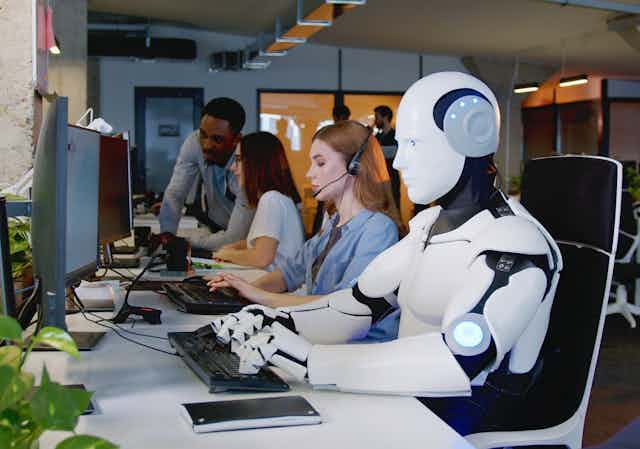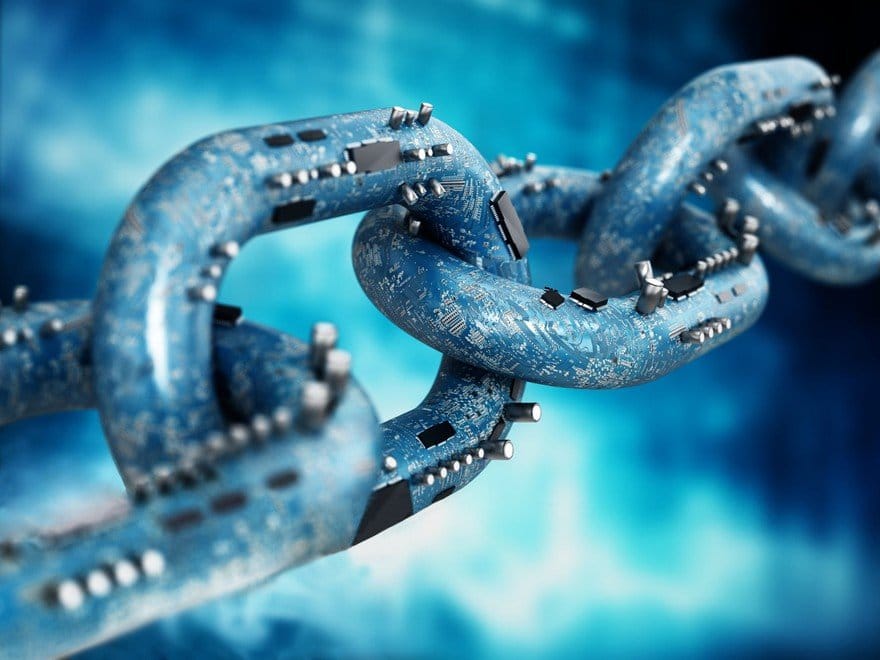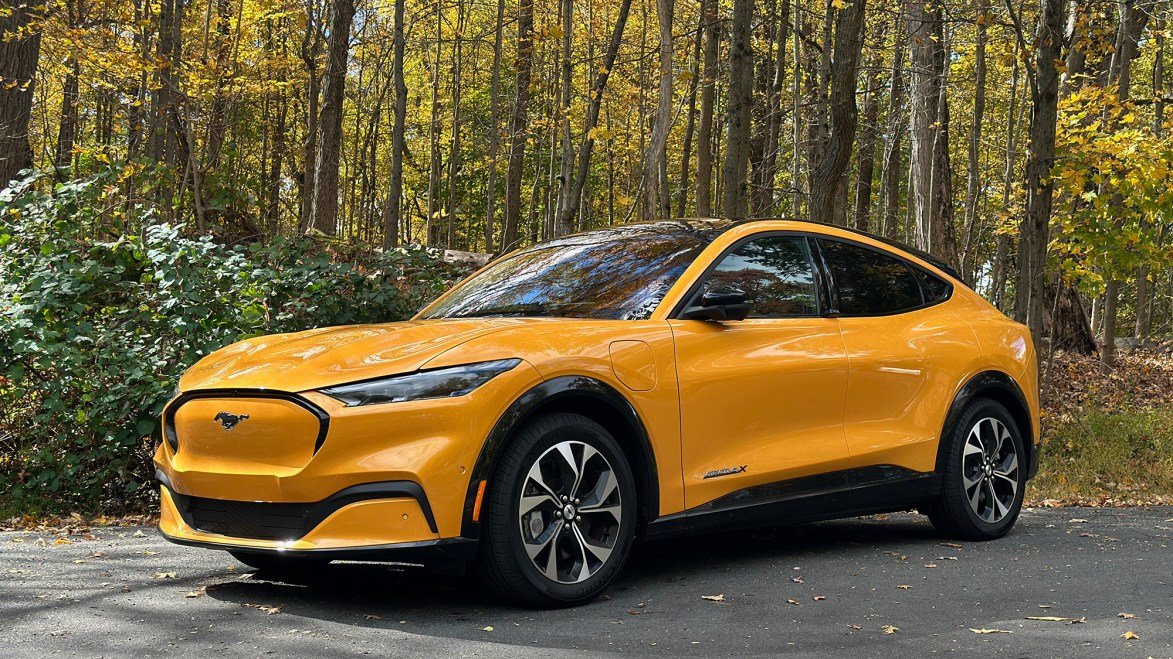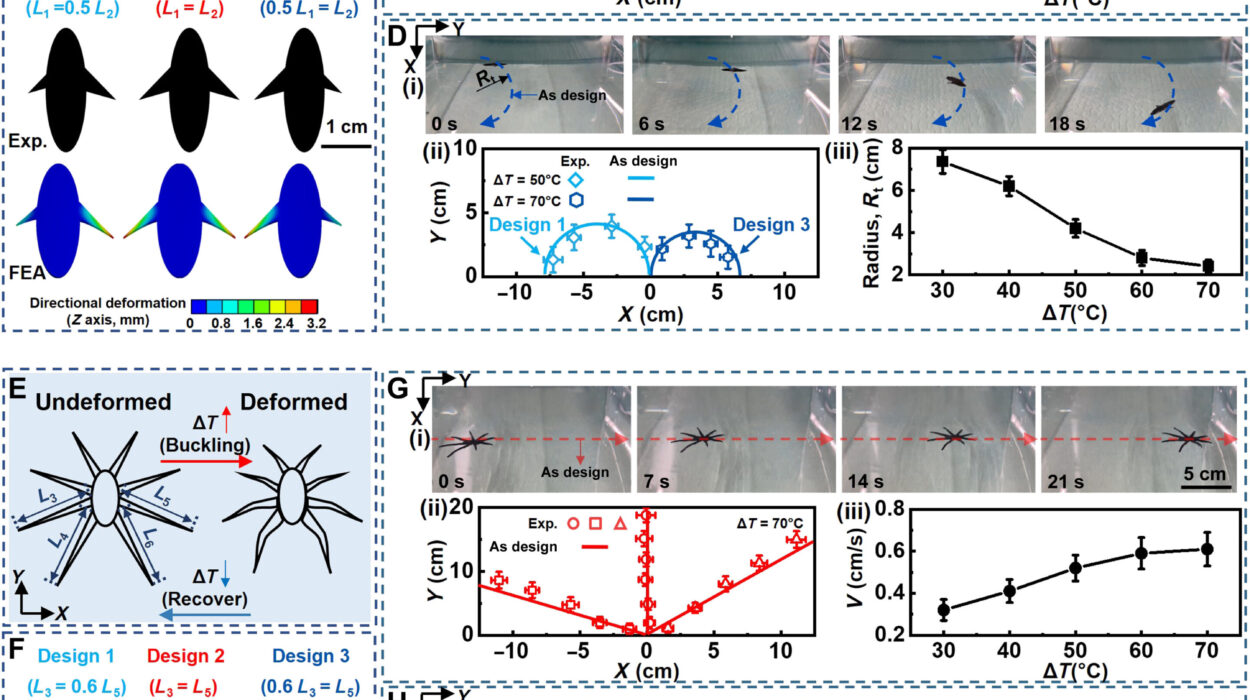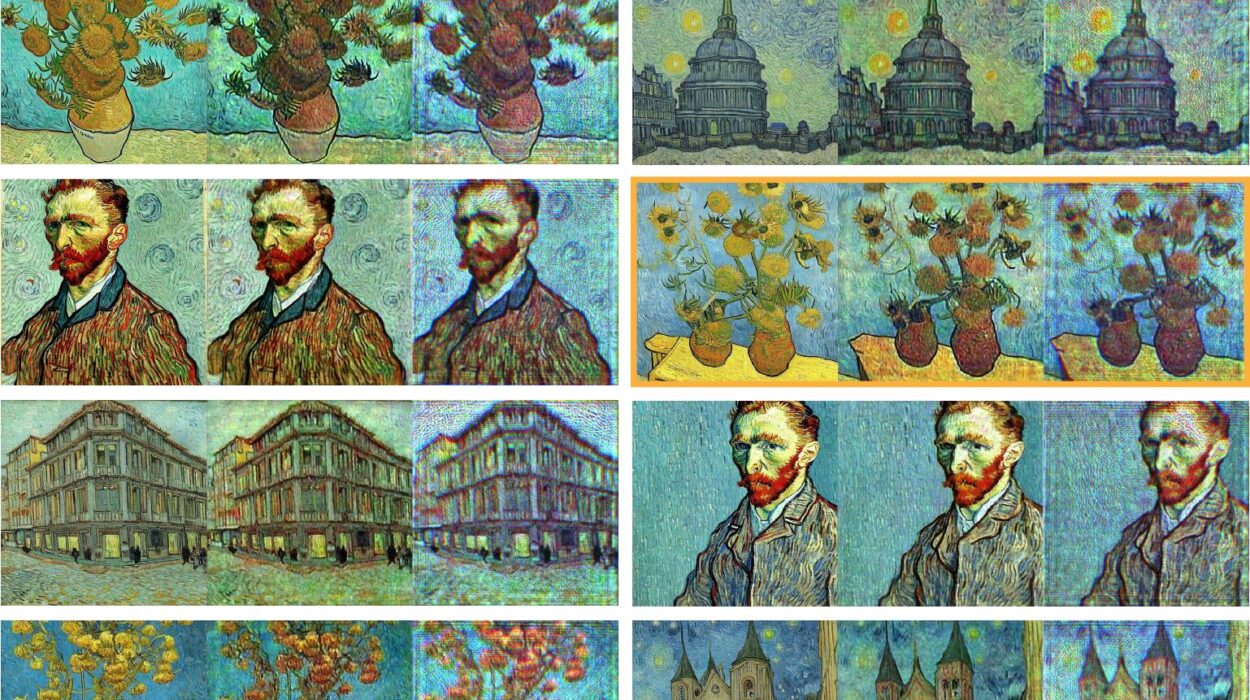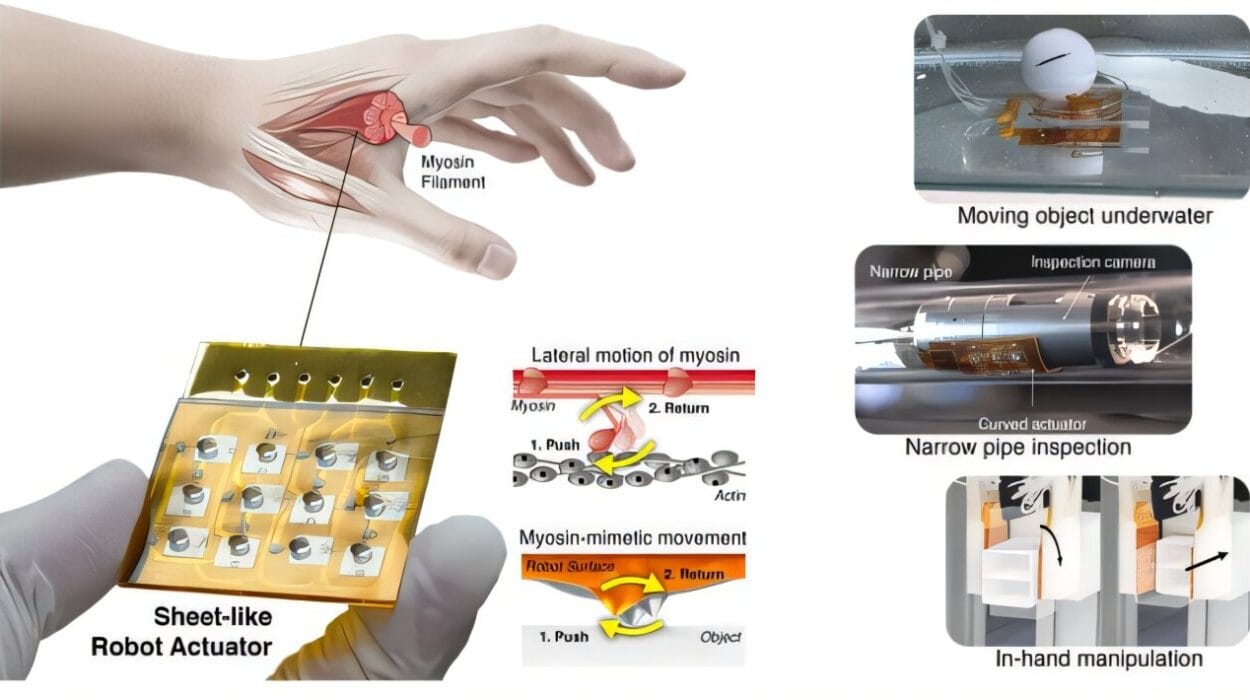Walk into an Amazon fulfillment center, and you’ll see a symphony of robotic arms, conveyor belts, and AI-powered sorting systems working in tireless synchronization. Humans are still there—walking, scanning, packaging—but the work they do has been transformed. Machines don’t sleep, take breaks, or unionize. They don’t make errors due to boredom or fatigue. They just keep going. Efficient. Silent. Relentless.
But what does this creeping spread of automation mean for the rest of us? Are we heading toward a future where robots will take over our jobs completely? Will humans become obsolete in the very economy they built? These questions, once confined to science fiction, now sit at the heart of real economic, social, and ethical debates around the globe.
To answer them, we need to strip away the hype, zoom out from sensational headlines, and look clearly at the evolution of technology, the science of labor, and the surprisingly complex relationship between human beings and machines.
A Long History of Fear and Innovation
Technological disruption is not new. The fear of machines replacing humans has haunted every major leap in productivity since the Industrial Revolution. When textile machines were first introduced in the 18th century, the Luddites—skilled artisans—famously smashed them to protest the loss of their livelihoods. And yet, while many jobs disappeared, new industries arose. The same pattern played out with the arrival of electricity, the assembly line, the personal computer, and the internet.
But something feels different this time.
Today’s robots are no longer clunky, single-purpose machines. Powered by advances in artificial intelligence, machine learning, and big data, they can now perceive, decide, and even learn—skills once believed to be exclusively human. They’re driving cars, diagnosing diseases, writing news articles, and composing music. Automation is not just replacing muscle anymore; it’s starting to nibble at the edges of the mind.
And that changes everything.
Where Machines Already Outperform Humans
Consider the manufacturing sector. In many factories, robots already dominate. They’re welding, painting, assembling, and inspecting with precision no human can match. In agriculture, autonomous tractors can plow fields, and drones can monitor crop health from the sky. In logistics, warehouse robots sort packages faster than any worker. In finance, AI algorithms analyze market trends and execute trades in milliseconds.
Even in fast food and retail, automation is making serious inroads. Self-checkout kiosks, burger-flipping robots, and customer service chatbots are reducing the need for human workers in front-line roles.
Tasks that are repetitive, routine, or rule-based are especially vulnerable. According to a landmark 2013 Oxford University study, nearly 47% of U.S. jobs were considered at risk of automation over the next few decades. More recent studies from McKinsey and the World Economic Forum confirm the same trend: machines are steadily eating into jobs that were once safe.
But here’s the catch—while automation is replacing tasks, it’s not necessarily replacing entire jobs.
Jobs Are Not Just Tasks
A job is rarely a single activity. Most roles are made up of a bundle of tasks, some routine and predictable, others deeply human—like critical thinking, empathy, leadership, or creativity. Even when parts of a job can be automated, the rest still requires a human touch.
Take nursing. Robots can monitor vital signs and deliver medication, but they can’t offer emotional support or adjust care based on nuanced observations. Journalists use AI to draft earnings reports or sports summaries, but investigative journalism still relies on human insight, curiosity, and ethics.
What we’re seeing, then, is not a wholesale replacement of workers, but a reshaping of what work looks like. Automation is not so much eliminating jobs as it is redefining them, shifting the balance of what machines do and what people do.
And in many cases, this transformation creates new jobs we couldn’t have imagined a decade ago.
The Birth of New Work
Think about job titles like data ethicist, drone operator, prompt engineer, or AI psychologist—roles that barely existed a few years ago. Technology doesn’t just destroy; it creates. Every industrial revolution has ultimately led to new industries, from aviation to biotech to digital marketing.
When ATMs were introduced, many feared bank tellers would disappear. But instead, banks opened more branches, and the nature of the teller’s role changed—from cash-handling to customer service and financial advising. Similarly, spreadsheets didn’t kill accountants; they gave them better tools to analyze, model, and advise.
The challenge, however, is that the transition is often messy. The new jobs usually require new skills—and the people losing their old jobs aren’t always the same people who can fill the new ones.
That’s where the danger lies.
The Skills Gap and the Great Divide
Automation doesn’t impact all workers equally. Those with higher education, adaptable skill sets, and access to technology often benefit. They move up the value chain, leveraging machines to become more productive. But those in low-skill, low-wage jobs—especially in rural areas or developing nations—are at greater risk of displacement.
This divide is not just about skills; it’s about power. Without policies to help workers retrain, without systems to distribute the benefits of automation more equitably, we risk deepening inequality. Some will live in a world of abundance, augmented by intelligent tools. Others may face long-term unemployment, economic insecurity, and social exclusion.
This is not a hypothetical future—it’s already happening. In regions where manufacturing jobs have been automated, communities have seen rising opioid use, political radicalization, and despair.
The Myth of Full Replacement
Despite the very real disruption, we are not on the brink of a robot apocalypse. Automation doesn’t mean that machines will replace all humans. Instead, we’re more likely entering an age of collaborative intelligence—a partnership between humans and machines.
AI can analyze a million legal documents, but it still takes a lawyer to argue a case in court. A robot can deliver groceries, but it can’t understand your grandma’s life story. An algorithm can detect tumors in radiology images, but it needs a doctor to interpret the results and discuss treatment options with compassion.
In most sectors, the future belongs not to robots alone, but to humans who know how to work alongside them.
The Human Edge: What Robots Can’t Do (Yet)
Let’s pause to consider what sets us apart.
Humans are inherently adaptable. We can learn new skills, change industries, reinvent ourselves. We can interpret context, read between the lines, detect subtle emotional cues. We can lead, imagine, inspire.
Machines are growing more powerful, but they still lack common sense, consciousness, and moral reasoning. AI doesn’t understand humor, irony, or cultural nuance. It can’t build trust, mentor a young colleague, or navigate office politics.
In fields like teaching, counseling, caregiving, and innovation, the uniquely human traits of empathy, judgment, and creativity still reign supreme. For now, those are the jobs least at risk—not because they’re more important, but because they’re harder to automate.
The Psychological Toll of Automation
Even if automation doesn’t eliminate our jobs, it can erode our sense of purpose. Work is not just a paycheck—it’s identity, community, pride. When machines take over tasks we once performed with skill and care, we may feel diminished.
There’s a growing body of research showing that automation can lead to feelings of de-skilling, alienation, and loss of control. Workers in highly automated environments sometimes report boredom, anxiety, or depression. When the machine sets the pace and monitors your every move, you stop feeling like a person and start feeling like a cog.
That’s why the future of work must also be a conversation about dignity. We must ask not only what jobs will exist, but what kinds of work will allow people to thrive.
Rethinking Work Itself
Automation forces us to confront deeper philosophical questions. Why do we work? If machines can produce all we need, do humans still need to labor? Could we move toward a society where work is optional, and people are free to pursue art, science, relationships, or rest?
Some economists and futurists advocate for ideas like universal basic income (UBI)—a guaranteed payment to every citizen, regardless of employment. The idea is radical, yet it’s gaining traction as automation accelerates. Proponents argue it could decouple survival from labor, giving people the freedom to choose meaningful work.
Critics warn it could discourage productivity or strain public finances. But trials in Finland, Canada, and the U.S. have shown promising results: increased happiness, health, and even entrepreneurship.
Whether or not UBI becomes reality, it’s clear that automation challenges us to redefine our economic systems. Productivity is no longer the bottleneck. Distribution is.
Policy, Ethics, and the Role of Society
The trajectory of automation is not predetermined. We are not passive victims of technology. We shape it through choices—economic, political, and cultural.
Governments can invest in retraining programs, incentivize human-centered industries, and tax companies that replace humans with machines. Schools can teach not just coding, but empathy, critical thinking, and lifelong learning. Companies can design technologies that empower workers, not just replace them.
We can build a future where automation liberates us from drudgery, not one where it deepens inequality.
But it won’t happen automatically. It will require vision, courage, and cooperation across borders and sectors.
The Next Generation of Work
Look at how young people think about work today, and you’ll see a shift. They’re less likely to stay in one job for life, more likely to seek flexibility, creativity, and purpose. They’re creating new types of work in the gig economy, the creator economy, and the green economy.
And they’re digital natives. They don’t fear AI—they wield it. Artists use generative models to create new forms of expression. Engineers collaborate with machine learning to solve complex problems. Teachers use chatbots to engage students in new ways.
The robot uprising isn’t coming. The robot collaboration is already underway.
Conclusion: A Question of Values
So, will robots replace humans?
Not entirely. Not anytime soon. But automation will continue to reshape the economy, redefine industries, and challenge our assumptions about labor and value.
The question is not whether technology will advance—it will. The real question is how we choose to guide it.
Will we use automation to create a world of abundance, or one of exclusion? Will we design systems that uplift humanity, or ones that divide us further?
In the end, automation is not just a technological issue—it’s a moral one. And the future of work will be written not just by coders and engineers, but by all of us.
